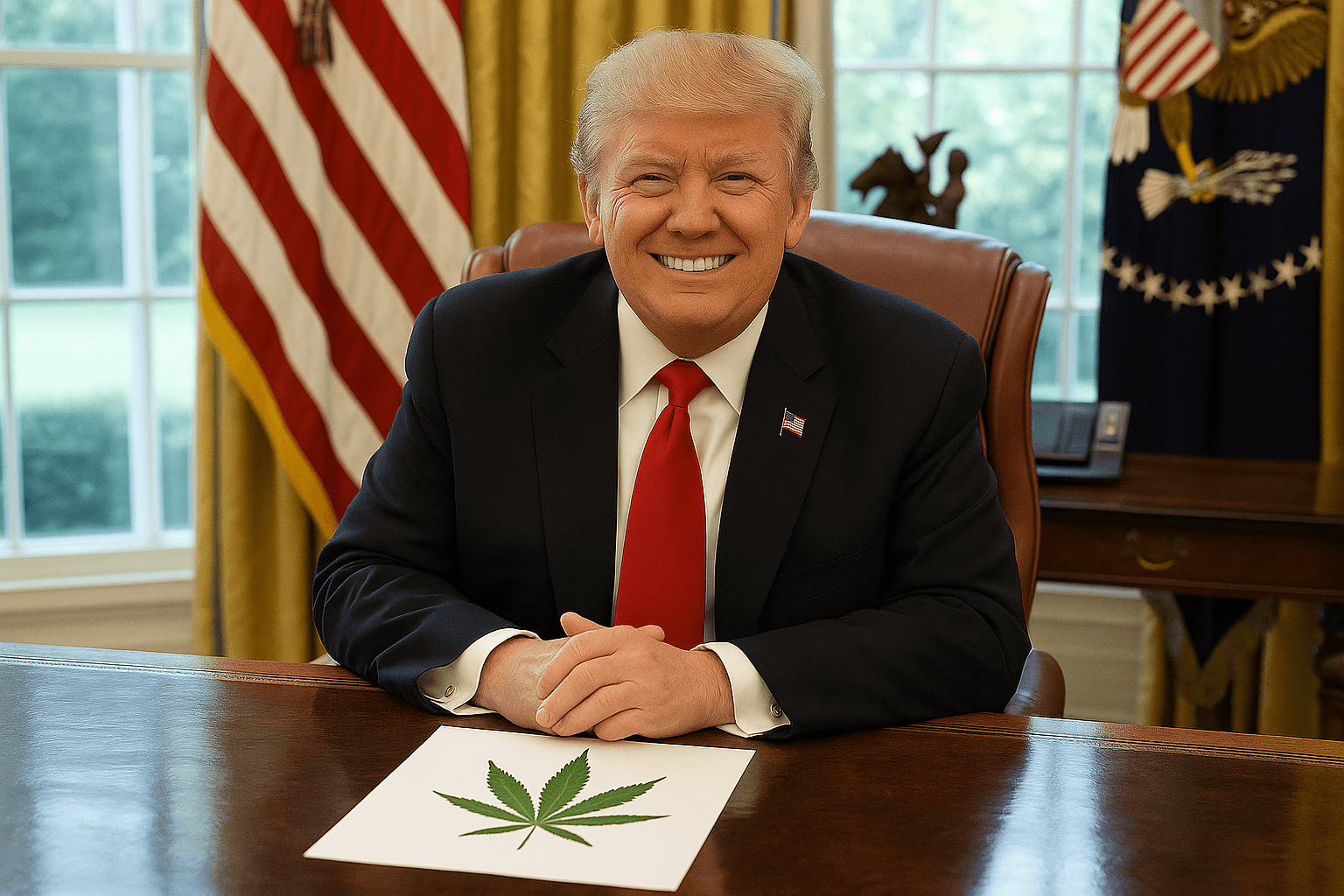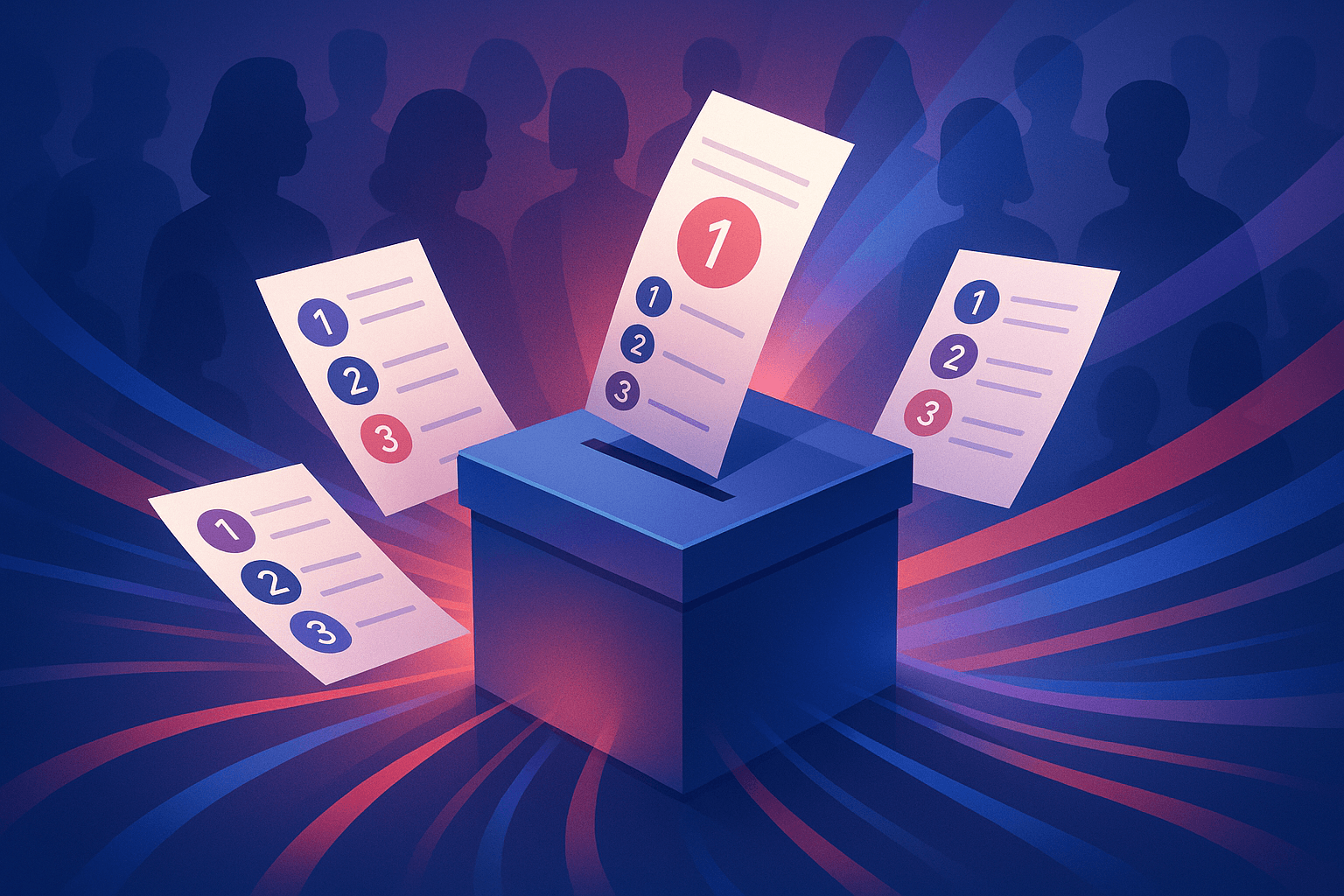Peace and Freedom Party Defines Victory By How It Influences Policy -- Not By Elections Won

Actress and comedian Roseanne Barr ran for president in 2012 under the banner of the Peace and Freedom Party. According to the FEC, Barr appeared on the ballot in 3 states, and including these and write-ins in other states, received a total of 67,278 votes, placing her sixth overall.
Most of Barr’s support came from California voters, the home of the Peace and Freedom Party (PFP). In 2008, Ralph Nader was the PFP’s presidential nominee; Nader received over 738,000 votes in that election -- a third place finish.
Aside from the celebrity attraction of Barr, Nader, and other past candidates, what is the PFP and who does it represent? What impact does the organization have in state and local elections, and what are its plans in the upcoming 2016 presidential race? To answer these questions and better understand the goals and challenges the party faces, I contacted Kevin Akin, the secretary of the Peace and Freedom Party California State Central Committee.
According the party'swebsite, ”The Peace and Freedom Party is committed to socialism, democracy, ecology, feminism and racial equality. We represent the working class, those without capital in a capitalist society."
The party took root in 1967 in opposition to the Vietnam War, supporting environmental protection, individual rights, feminism, and socialist economic principles.
The PFP has run hundreds of candidates, mostly in California, yet few have been elected.
“People run as PFP candidates to offer a perspective seldom heard in American election campaigns, and to raise issues which professional politicians would prefer to ignore,” the party claims.
This concept, common to many third-party efforts, was clearly voiced by Akin in his comments:
“As for why we would run, without an expectation of immediate victory: victory can be defined in many ways. Bringing people to see the issues our way, putting pressure on major-party politicians that results in gains for working people, expanding the number of people willing to make a clear Left choice, and building local organizations are all small victories that can add up to a lot.” - Kevin Akin, Peace and Freedom Party
Akin added that most major reforms originate as proposals of smaller parties, often ultimately adopted by others.
Specific issues raised by the PFP in 1968 included voting rights for 18-year-olds, elimination of the draft, and laws against racism and gay oppression. Current efforts by the PFP for minimum wage reform are “building up momentum and appears likely to overwhelm the opposition,” contends Akin.
Socialism, long considered a fringe concept in America, is now viewed more positively by an increasing percentage of Americans -- especially among the young, according to Akin.
“It is difficult to mobilize people for effective opposition to the power of the super-rich, but public opinion is coming around to understanding the need,” he stated.
The immediate electoral goals of the PFP are focused on California. Akin says it is unlikely that the PFP would have more than one or two candidates outside the state, but this could change depending on how quickly the party can move forward on the presidential election.In California, all 80 State Assembly seats and half of the State Senate seats are up for election in 2016. Akin expects the PFP to “have a scattering of candidates for Assembly and Congress, and one or two for State Senate.”
Akin strongly opposes the top-two primary system in place in California, which he claims has made it more challenging for poor and working-class candidates to achieve ballot access. Instead, the PFP advocates for proportional representation in California, assuring that all points of view will be represented in the Legislature.
Akin believes that the top-two law in California will reduce the number of candidates the PFP is able to field.
“That is an essential part of the reality for our party here,” he maintains.
For the presidential election, Akin expressed his hope that the PFP nominee is selected as early as possible, in the interest of allowing time to work toward broader ballot access.
“The later the de-facto selection is made, the less is possible,” Akin stated.
The PFP is in the process of discussing various options.
“The next few months are normally when some possible presidential candidates emerge,” he added.
It will be interesting to see who comes forward to represent the party.
Akin’s aforementioned comment that “victory can be defined in many ways” casts light on a key reason why third-party efforts are so important. The PFP seems to understand this well. They aim not necessarily to win but to spread their ideals, setting a low bar for their candidates to achieve success. But to do so requires ballot presence. California, with its new top-two primary environment, may not prove to be the hospitable home it once was for the Peace and Freedom Party.




